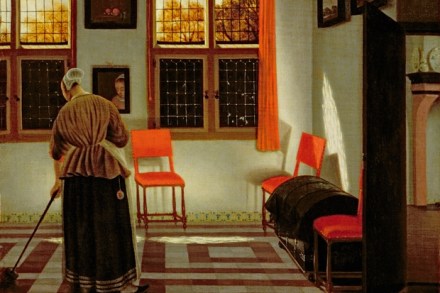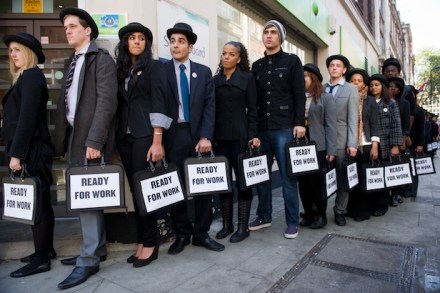Fort Lauderdale’s law against feeding the homeless still isn’t America’s dumbest
States of criminality A 90-year-old Florida man feeding the homeless was arrested under a Fort Lauderdale law which makes it illegal to share food with members of the public. Other laws from the ‘Land of the Free’: — In Indiana you can be arrested for statutory rape if you are caught driving a car with a passenger under the age of 18 who is not wearing socks and shoes. — In Ocean City it is illegal to eat while swimming in the sea. — In New York State it is illegal to walk around on a Sunday with an ice cream cone in your pocket. — In South Dakota it


